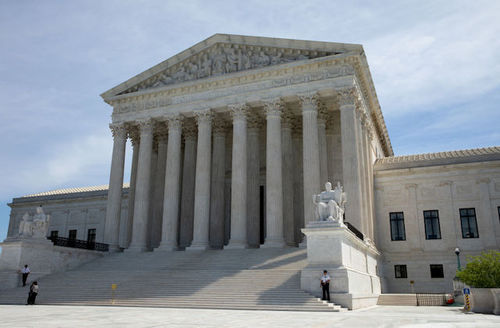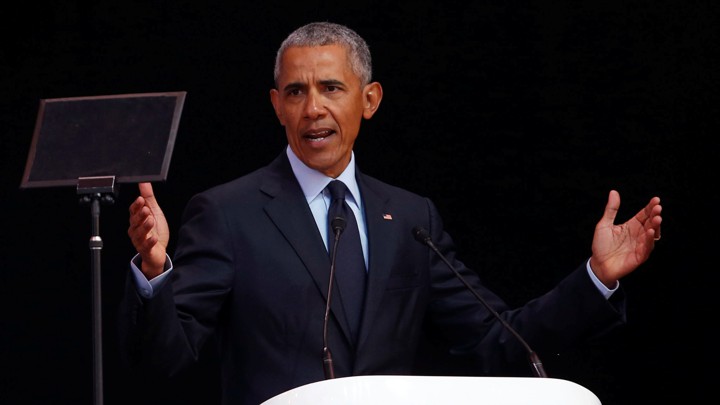“Vida,” the dramatic series about two estranged Latinx sisters, Emma and Lyn, who are forced to return to their old neighborhood in East Los Angeles where they learn a shocking truth about their mother, returns for its second season on Starz tomorrow (May 23). Starring an all-Latinx cast and writing room, the show features storylines that cover topics like assimilation, discrimination and homophobia, all from a place of personal cultural experience.
Ahead of the premiere, showrunner and co-creator Tanya Sarachospoke with The New York Times for an article today (May 22) about the “authenticity police,” Spanglish and colorism.
Just as “Vida” likes to keep it real, so does Saracho, both on screen and in the interview. When talking about how she wants the series to look and feel, she said it was important to get it right:
A lot of times when we watch our communities represented on the screen, it feels like a museum piece. Like we’re coming to watch a safari. But that’s an outsider’s point of view.
Also our skin color—I find that TV Whitewashes our different shades; they wash the diaspora out of us. Latinx—we are all subtones and undertones, and they just wash it out with a blue, or something bright. Or they brownface us even more. They just saturate us. I wanted it to look like us, but also to give it that prestige of an indie film.”
Saracho says that often, Latinx writers face criticism about their authenticity: “You’re not brown enough, you’re not light enough, you’re not Mexican enough. Your Spanish is not good enough.” Which brings her to the use of Spanglish, which is sprinkled throughout the script to add another layer of complexity to the series:
There are opinions on the type of Spanglish we use. It’s so complicated because it’s a made-up way of communicating and there’s not one uniform way. There’s no dictionary that you could look at. It’s how we communicate…The fact that we get the words desmadre and chingona on the key art and teaser art, to me it’s radical. It’s revolutionary because not even every Latino is going to know what desmadre is—it’s something like a “hot mess.” Mexicans and Mexican-Americans haven’t gotten a chance to see themselves like that in key art.
Another group who rarely sees themselves on TV are Afro-Latinx people. To fix this gap in storytelling, Saracho is working on a new show called “Brujas,” which has all Afro-Latinx writers. Until then, “Vida” looks to address the issue. “In this season of ‘Vida,’ I wanted to touch on the notion of being prieto, and how colorism is alive and well in the Latinx community,” Saracho said. “All that is our shame, our stuff that we haven’t aired out that much. And I love when we get to air it out.”
Source: https://www.colorlines.com/





Comments